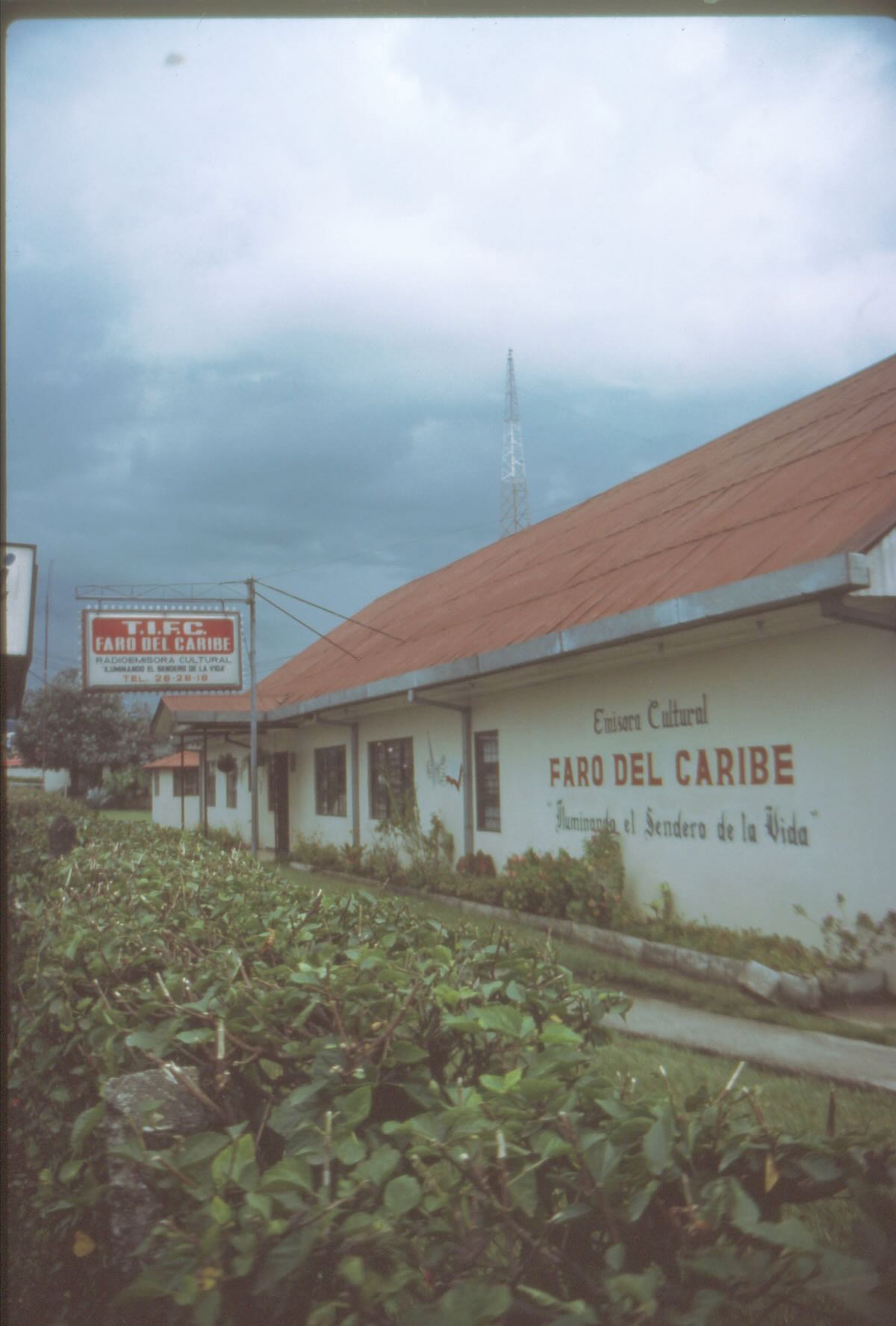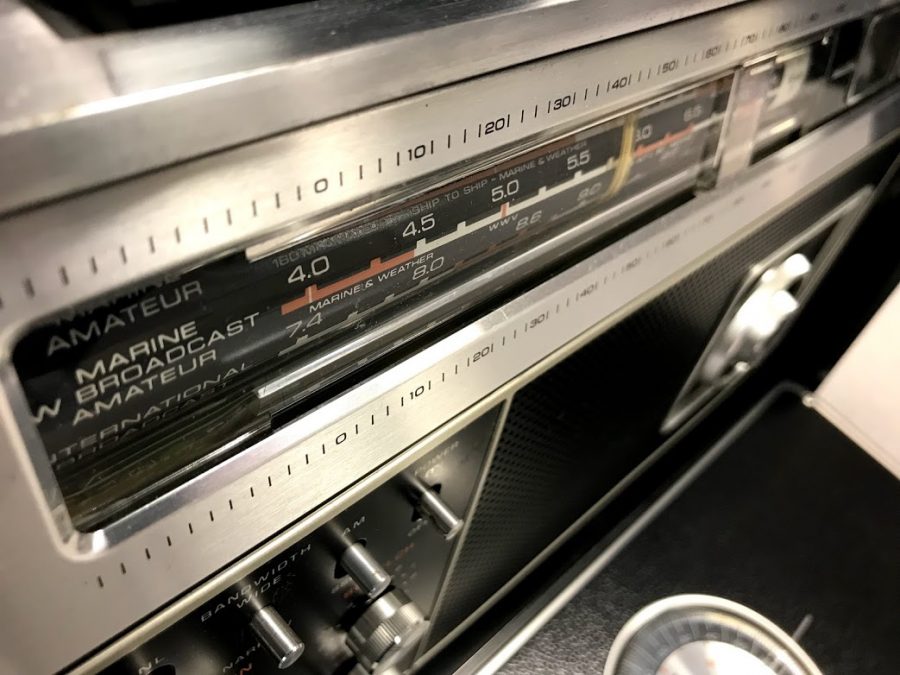
Radio Reloj, Costa Rica (1990)
Many thanks to SWLing Post contributor, Don Moore–noted author, traveler, and DXer–for the latest installment of his Photo Album guest post series:
Don Moore’s Photo Album: Costa Rica (part one)
by Don Moore
Costa Rica is one of the most visited countries in Latin America. I only visited there once, for three weeks in May-June 1990 when the country was just beginning to become a major international eco-tourism destination. Visitors were few and prices very affordable. Except for a short trip to the Monteverde cloud forest, we spent all our time in the central valley, staying in San José and nearby Heredia. Rather than nature, our visit focused on cultural and historical sites … and a lot of radio stations.
Since the 19th century, Costa Rica has been one of the most literate and educated countries in Latin America. That quality is reflected in its radio broadcasting industry, which has always been very professional. Curiously that’s even reflected in station verifications. Almost every Costa Rican shortwave station that I’ve verified had a professionally printed QSL card.
Despite being one of the smallest countries in Latin America, Costa Rica had a lot of shortwave radio stations. I have fifteen in my logbooks and some of the most famous ones were already off the air when I started DXing. Unfortunately, shortwave broadcasting from Costa Rica ended almost twenty years ago so there’s no more to be had. It is still possible to log Costa Rica on medium wave but it’s not as easy as it once was. When I started DXing in the early 1970s, stations in the San José were spaced twenty-five kilohertz apart. That meant that every other station, such as Radio Sonora on 675 kHz and Radio Columbia on 725 kHz, was on a split frequency that fell between the normally assigned 10 kHz channels. I logged nine Tico stations on medium wave while DXing from Pennsylvania in 1972-1981 and only one of those, Radio Reloj on 700 kHz, was on an even channel. Those split channels were eliminated in the 1980s so logging Costa Rica on medium wave is no longer a slam-dunk.
I visited a lot of radio stations and took a lot of photos on my one long-ago trip to Costa Rica. I’m going to focus on just five shortwave broadcasters in this first look at Costa Rica. The others will be featured in two or three future columns.

In the 1970s the first Costa Rican station most shortwave DXers heard was Faro del Caribe, or Lighthouse of the Caribbean. This religious station used two kilowatts on 9645 and 6175 kHz and got out surprisingly well as long as there wasn’t a more powerful international broadcaster also using the same frequency. In the late 1970s they added 5055 kHz in the sixty-meter band.

When I visited in 1990 the antennas were located right next to the studio building. The site was outside the city of San José when the station was founded but gradually a residential area built up around it.

Engineer checking one of Faro Del Caribe’s shortwave transmitters.

Fortieth Anniversary pennant from 1988. When Faro del Caribe began broadcasting on February 23, 1948, it was the first Evangelical Protestant radio station in Central America.

For DXers, Radio Reloj was one of Costa Rica’s best known radio voices for several decades. The station was founded as Radio Cristal by Roger Barahona in 1945. The shortwave frequency of 6006 kHz was added in the early 1950s. In 1958 the station was renamed to Radio Reloj when the format changed to focus on news and community announcements with very frequent time checks. (Radio Reloj means Radio Clock.) Roger’s brothers Isaac and Francisco had joined the broadcasting company and Radio Reloj was assigned the callsign TIHB for Hermanos Barahona (Barahona Brothers). Continue reading →
 Many thanks to SWLing Post contributor, Michael, who writes:
Many thanks to SWLing Post contributor, Michael, who writes:





